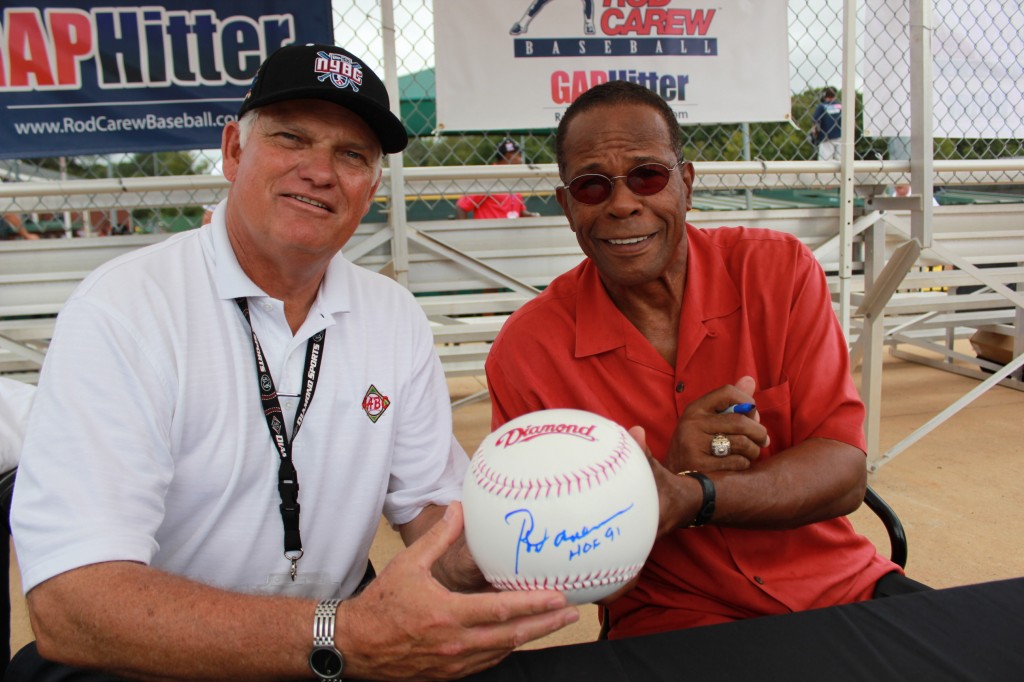Everything has a starting point.
The starting point of making contact – the starting point of becoming a successful hitter – is the setup. On the surface, it might seem like a rather simple or even natural process; but it’s a very important aspect of your quest to becoming a good hitter.
As you start your sequence, watch the pitcher. Don’t stare a hole through him, but remember what you’ve read here in the past, practiced, and learned regarding the release point and reading the spin.
As the pitcher begins to come out of his motion, your hands should start to “churn.”
By churn, I mean your hands should drop down (toward your waist), beginning your rhythm. Then, bring your hands back up, taking your bat from its previous flat position into a 90-degree angle behind the head.
The reason I churned before a pitch was that it released some tension and started me into a rhythm of the one-piece swing. It is a pendulum-like effect – swing down, swing up, never resting at any point.
Every player needs a trigger to start their swing. Some players, like Hall of Famer Mel Ott, trigger their swing with their legs. Stan Musial and Carl Yastrzemski triggered their swing by dropping their hands.
 For me, it was the churning of my hands. Some people mistakenly say that my trigger was a hitch, but it wasn’t. When I churn my hands, it’s the beginning of a one-piece hitting motion that includes every part of my body.
For me, it was the churning of my hands. Some people mistakenly say that my trigger was a hitch, but it wasn’t. When I churn my hands, it’s the beginning of a one-piece hitting motion that includes every part of my body.
Next time you watch a hitter; see if you can pick out his or her trigger mechanism.
But, remember, when you begin your setup, your eyes on are on the pitcher. Your eyes should never leave the pitcher’s hand – with your head tucked tight, resting on your front shoulder. You want both eyes on the pitcher, so turn your head until you’ve gained a full view.
Everyone has a dominant eye and, unfortunately, your weaker eye is usually the one closest to the pitcher, so it is very important to bring your dominant eye into play as much as possible.
Now, as the pitcher is about to release the ball, remember that your bat should be in a ready position, near 11 o’clock, hands and weight back, front heel off the ground. Your back side – left side for a left-handed batter, right side for a righty – should remain vertical, near 90 degrees, not tilting at the waist.
Coming next…the stride.



